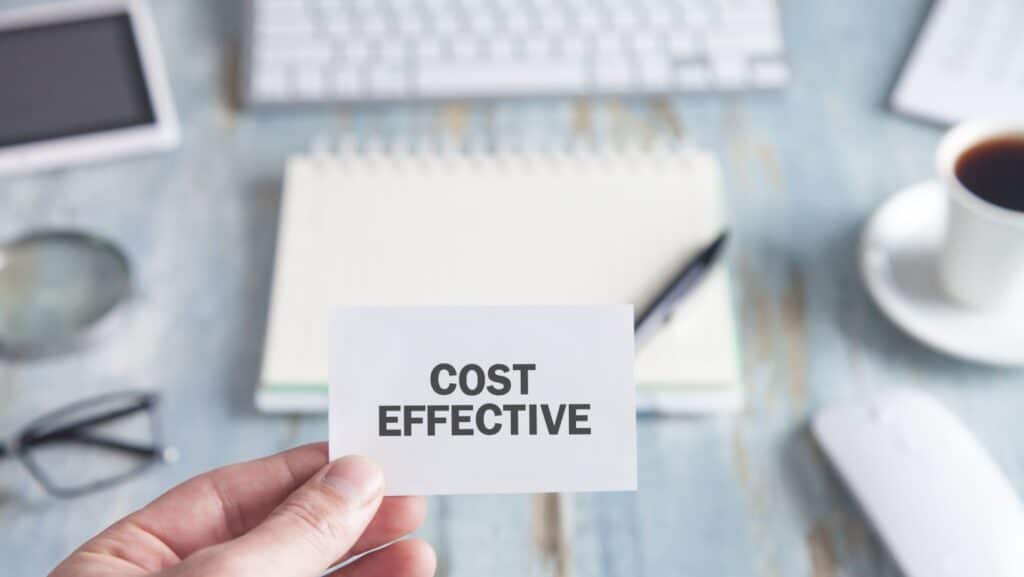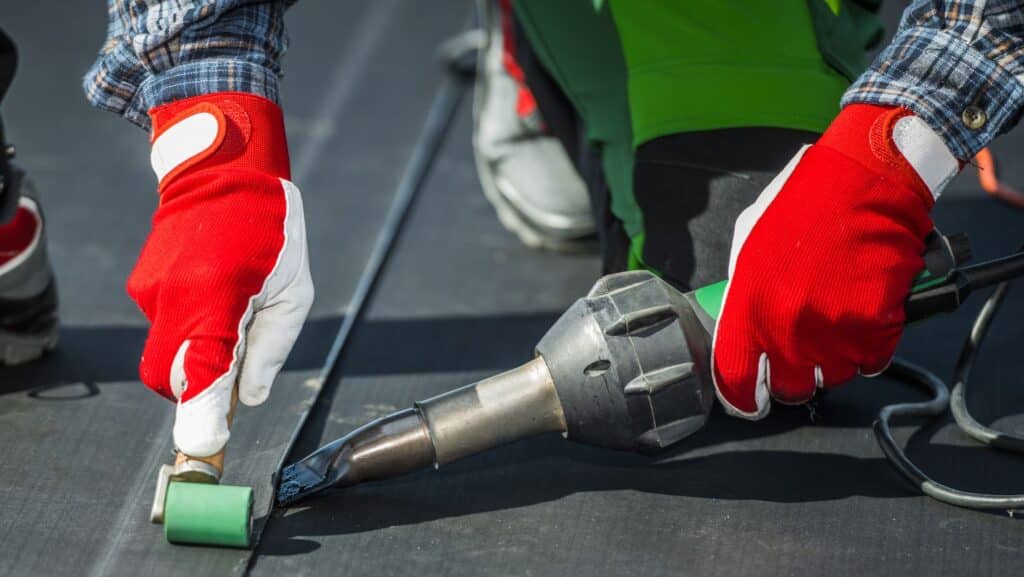When it comes to roofing, the material you choose is one of the most critical decisions you’ll make, affecting everything from your home’s curb appeal to its durability against the elements. However, beyond aesthetics and performance, cost-effectiveness plays a crucial role. A roofing material’s value isn’t just in its price tag but in its long-term savings and benefits. This blog post delves into the most cost-effective roofing materials, helping homeowners make informed decisions that balance upfront costs with longevity, maintenance, and energy efficiency.
Understanding what makes a roofing material cost-effective is key to navigating the myriad options available. Cost-effectiveness encompasses more than the initial investment; it includes considerations like the material’s lifespan, maintenance requirements, and even potential energy savings. A material that may have a higher upfront cost could prove more economical over time, offering durability that minimizes the need for repairs or replacements and energy efficiency that can reduce household bills.
Asphalt Shingles: Affordability and Popularity

Asphalt shingles are a popular choice among homeowners due to their affordability and versatility. They come in various styles and colors, fitting a wide range of architectural designs. The initial cost of asphalt shingles is relatively low, making them an attractive option for those on a tight budget. However, their lifespan, typically between 20 to 30 years, is shorter than some more expensive materials, potentially leading to higher long-term costs due to the need for replacement.
Despite their shorter lifespan, asphalt shingles offer a good balance of cost and performance for many homeowners. Advances in shingle technology have led to architectural and luxury options that provide enhanced durability and a more sophisticated appearance than traditional 3-tab shingles. When considering asphalt shingles, homeowners should weigh the benefits of these higher-grade options against their increased upfront cost, keeping in mind the potential for longer life and added curb appeal.
Metal Roofing: Durability and Energy Efficiency
Metal roofing, known for its durability and energy efficiency, represents a significant upgrade over asphalt shingles in both lifespan and performance. While the initial cost can be higher, metal roofs can last 40 to 70 years with minimal maintenance. Their ability to reflect solar radiant heat also contributes to cooling cost savings, making them an environmentally friendly and cost-effective choice in the long run.
The resilience of metal roofing to wind, fire, and impact not only enhances home safety but can also lead to insurance discounts, further increasing its cost-effectiveness. Homeowners interested in metal roofing should consider the long-term savings associated with reduced maintenance, energy efficiency, and potential insurance benefits. These factors often justify the higher initial investment, positioning metal roofing as a smart choice for those planning to stay in their homes for many years.
Tile Roofing: Longevity and Aesthetic Appeal
Tile roofing, including clay, concrete, and synthetic options, offers a unique combination of longevity, aesthetic appeal, and resistance to severe weather. Although tile roofs come with a higher initial cost, their durability—lasting up to 50 years or more—makes them a cost-effective option over the long term. Additionally, tile roofs require minimal maintenance and can significantly enhance a home’s appearance and resale value.
The choice between clay, concrete, and synthetic tiles depends on the homeowner’s budget, aesthetic preferences, and specific roof requirements. Clay tiles boast natural beauty and longevity, while concrete tiles provide similar advantages at a lower cost. Synthetic tiles offer a lightweight and environmentally friendly alternative, mimicking the look of clay or concrete at a reduced price. Regardless of the type, tile roofing’s combination of durability, low maintenance, and aesthetic versatility makes it a cost-effective choice for those willing to invest in long-term value.
Slate Roofing: The Premium Choice for Longevity
Slate roofing stands out as the premium choice for homeowners seeking unparalleled longevity and natural beauty. With a lifespan exceeding 100 years in many cases, slate offers a once-in-a-lifetime investment that can outlast several generations. Its natural resistance to weather and fire, combined with minimal maintenance requirements, underscores its cost-effectiveness, despite the high initial cost and installation complexity.
The decision to invest in slate roofing should be based on long-term considerations, including the home’s architectural style and the homeowner’s commitment to the property. While the upfront cost is significant, the durability, aesthetic appeal, and virtually nonexistent maintenance make slate an exceptionally cost-effective option for those who appreciate its natural beauty and longevity.
Flat Roofing Materials: Options for Unique Needs
Flat or low-slope roofs require specialized materials that offer reliable waterproofing and durability. EPDM (rubber roofing), TPO (thermoplastic olefin), and modified bitumen are popular choices, each with its own set of advantages in terms of application, longevity, and maintenance. These materials are particularly suited to commercial properties but are also used in residential applications where flat roofs are present.
Choosing the right material for a flat roof depends on the specific needs of the building, including climate considerations, expected foot traffic, and budget. EPDM is praised for its durability and ease of repair, while TPO offers excellent reflectivity and energy efficiency. Modified bitumen is valued for its traditional application method and robustness. Homeowners and commercial property owners should consult with roofing professionals to select the most appropriate and cost-effective material for their flat roofs.
Green Roofing: Environmental Benefits and Energy Savings
Green roofing, or vegetative roofing, presents an innovative solution that offers environmental benefits, improved insulation, and potential energy savings. While the initial installation and maintenance costs are higher than traditional roofing materials, green roofs provide long-term value through stormwater management, urban heat island mitigation, and increased biodiversity.
The decision to install a green roof should consider the building’s structural capacity, the local climate, and the owner’s environmental goals. The long-term benefits of reduced stormwater runoff, enhanced building insulation, and the creation of green space in urban environments can make green roofing a cost-effective choice for those committed to sustainability.
Choosing the Right Material for Your Roof
Selecting the most cost-effective roofing material requires careful consideration of your home’s location, architectural style, and specific needs. Factors such as local climate conditions, aesthetic preferences, and budget constraints all play a role in determining the best option. Consulting with experienced roofing professionals can provide valuable insights and guidance, ensuring that your choice balances initial costs with long-term benefits and savings.
In conclusion, the most cost-effective roofing material varies depending on a range of factors, including initial cost, maintenance requirements, durability, and energy efficiency. Whether you opt for the affordability of asphalt shingles, the durability of metal roofing, the longevity of tile or slate, or the innovative benefits of green roofing, your decision should reflect a balance between upfront investment and long-term value. For those seeking professional advice and quality installation services, Advosy offers expert guidance to help you find the roofing solution that best meets your needs and budget. Choosing the right roofing material is a significant decision that can impact your home’s protection, energy efficiency, and overall value for decades to come.


